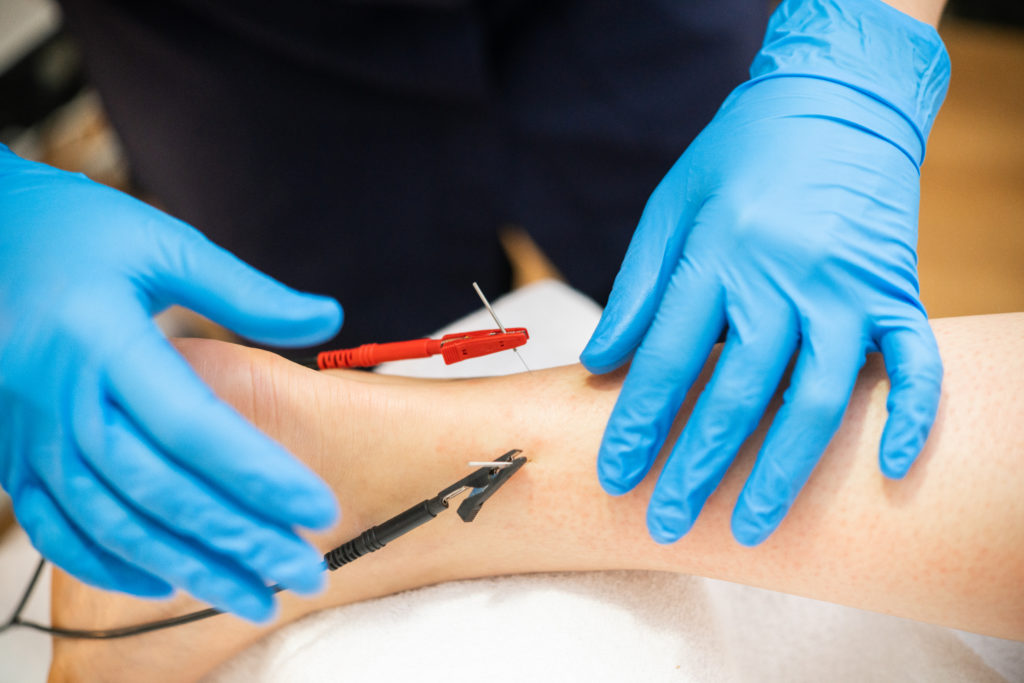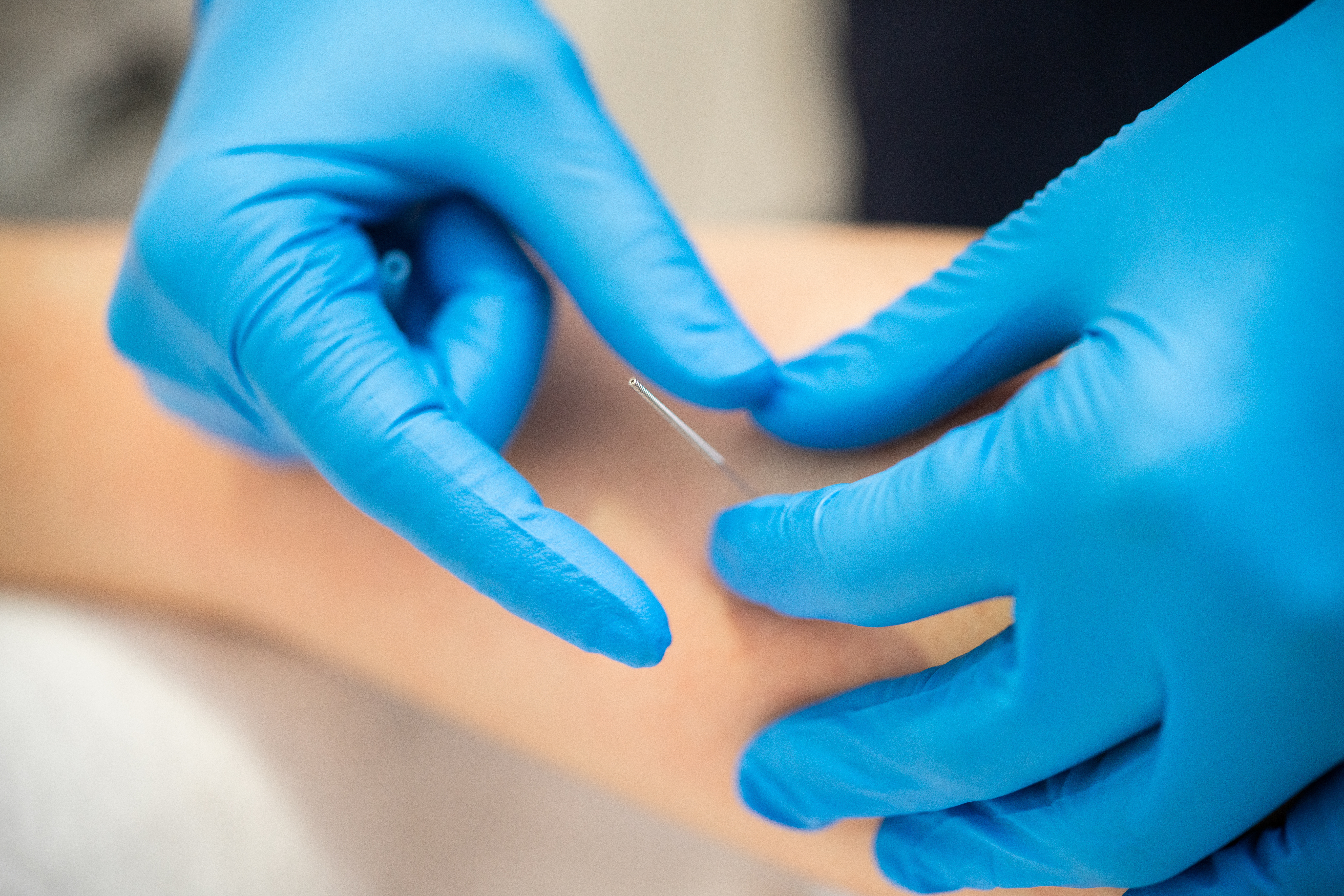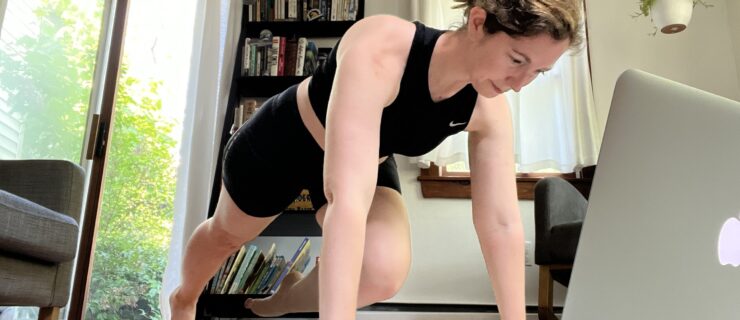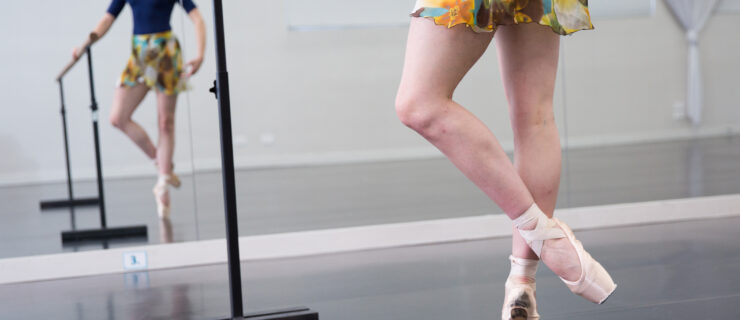What Is Dry Needling and How Do I Know If It’s Right for Me?
Dancers are always looking for ways to fine-tune their recovery process and keep in peak-performance shape. Although it has been around for a while, in recent years dry needling has emerged as a popular therapy to help with pain. But what is it, exactly?
Dry needling is a practice that involves treating myofascial trigger points, which are taut bands within a muscle belly. A practitioner inserts a thin, filiform needle into the trigger point to produce a twitch response, causing the muscle to tense up and then release. According to physical therapist Laura Young, who has worked with Richmond Ballet, there are different dry-needling techniques depending on the program a practitioner gets certified through.The treatment can be particularly helpful with decreasing pain and increasing range of motion, leading to improved function and faster recovery.
Keep in mind that dry needling, and who is qualified to do it, is regulated differently from state to state. Depending on where you live, you may be able to find dry needling services from your physical therapist. In certain states, however, it can only be performed by licensed acupuncturists or a licensed medical doctor (MD).
At this point you might be wondering if dry needling is the same as acupuncture. While they both involve inserting a needle into the body, the likeness stops there. In acupuncture, needles are left in place for 10 to 20 minutes. Additionally, acupuncture is based on Chinese medicine and focuses on balance and restoring proper flow of energy throughout the body. Dry needling is based on Western medicine and is a quicker, more active experience. After inserting the needle, the practitioner moves it around to achieve a muscle twitch, at which point they remove it (although this can vary among techniques).
Young, who has used dry needling on her dancer clients, was initially attracted to the practice because of how quickly it can be executed, with potentially impactful results. Young recommends that dancers considering dry needling consult with their physical therapist or whoever treats them first to make sure it is the best option available. It should be used in combination with exercises to address stability, flexibility and strength.

Although there is soreness afterward and potential for bruising, some dancers prefer dry needling to manual soft-tissue massage, or the two in combination, because the therapist can get deep into the muscle belly and know, when twitching occurs, that the muscle has released. “I can always rely on dry needling,” says Kateryna Derechyna, a dancer with The Washington Ballet. “I know I will be sore, but I also know that in the long run it won’t get worse. It stops the trickle-down effect of tight calf to sore ankle to something worse.”
Results can vary, depending on the individual and the area of the body being treated. When recovering from a dislocated shoulder, Houston Ballet principal Melody Mennite says she had a very positive experience with a specialized type of dry needling that is combined with electric stimulation, which sends mild electrical pulses through the skin. The therapy helped relieve her pain while stimulating her muscles and nerves. Yet she says other dry needling experiences haven’t been as effective. “Sometimes it can feel like a shock to my system, and I wonder if it will do more harm than good,” says Mennite.
Everyone responds to dry needling in very different ways, whether it’s used as part of injury prevention or to keep a recovery plan on track. In order to find the best way dry needling can be worked into your personal therapy, be sure to keep open and clear communication with the professional administering your treatments.





